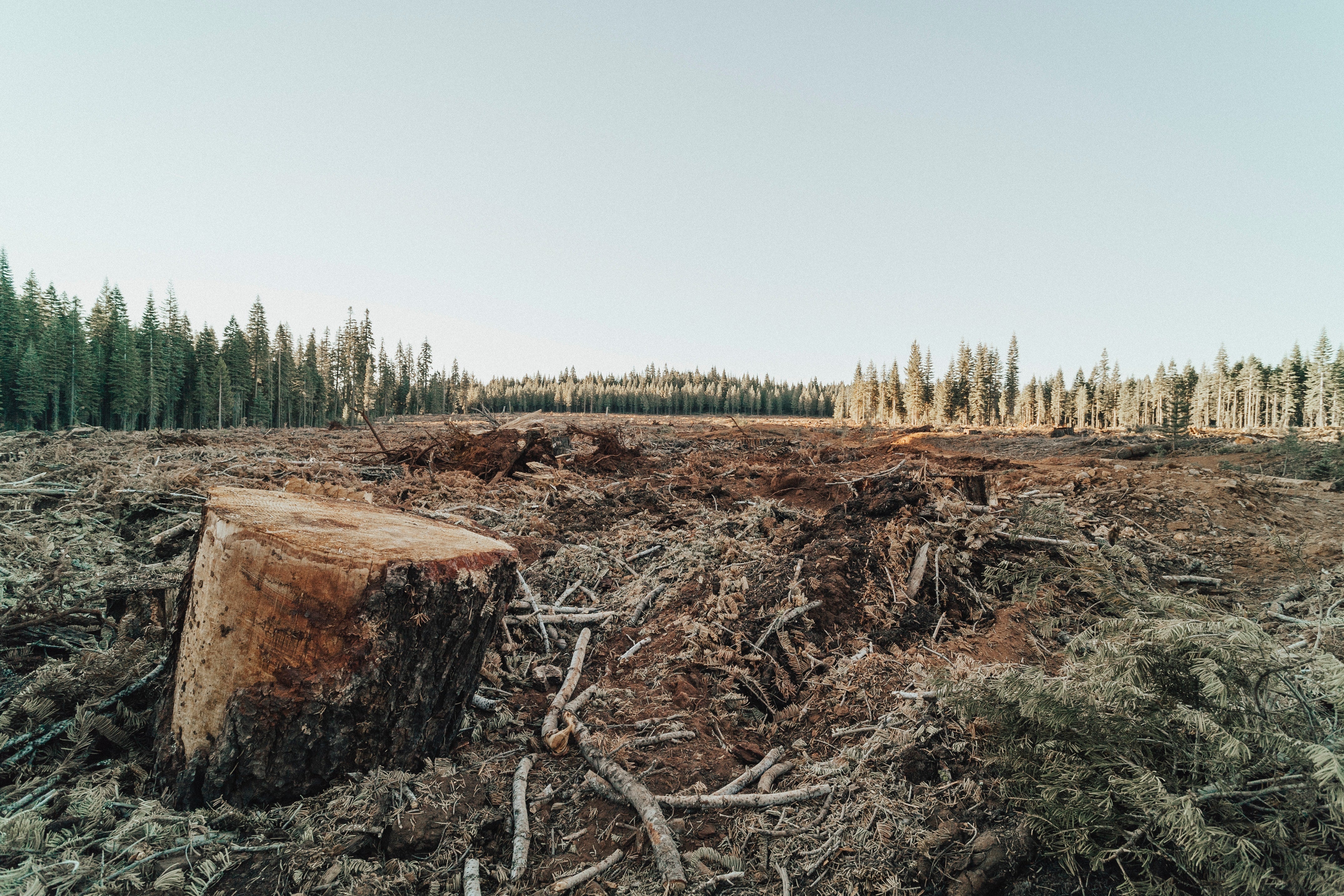Hemp Paper vs. Tree Paper

In honor of Hemp History Week, Bluebird Botanicals wanted to take a moment to emphasize one of the many ways that hemp is poised to help environmental efforts as hemp prohibition — and its accompanying stigma — crumbles around the globe: hemp paper.
In the age of rapid climate change, people are finally starting to understand that there are real and dangerous ramifications to humanity’s pollution problem. Join Bluebird as we discuss how the proliferation of hemp is likely to spell major changes for one of the most pollution-heavy industries: the business of making paper.
As you may already know, the traditional process for creating paper involves logging trees and grinding those trees into wood chips. The wood chips are then processed into a mushy cellulose mixture that is rinsed and cooked in water to create pulp. The pulp gets a few extra additions — bleach to make the paper white, as well as some preservatives and other ingredients to help make the paper strong — before it is spread thin, pressed, and cut into sheets.
It’s a sophisticated and effective process that has been fine-tuned for generations but, as we’re about to discuss, industrial hemp poses a better, less wasteful and less resource-intensive method of creating paper. In fact, academics and publishers around the world used to write on hemp paper almost exclusively until prohibition kicked off in the 1930s.
Related Article: The History of Hemp
Hemp paper saves trees
It might seem obvious, but sometimes you have to state the obvious: using hemp crops to manufacture paper products will reduce the number of trees and forests that get destroyed in the name of producing paper. While a significant amount of paper is created by harvesting from “tree farms,” which also play a role in absorbing carbon dioxide from the atmosphere, there are still numerous other reasons why hemp is the better option.
Paper is usually made from trees that are thinned out of timber tree plots as the trees grow larger. This thinning process occurs only once every 10-12 years. As an agricultural crop, however, hemp carries many attractive qualities, including a fast growth cycle (especially compared to trees, which in most cases take more time than a human to reach full maturity).
In the time that it takes to fully grow a plot of trees, you could — depending on the climate where you are growing — plant and harvest dozens of hemp crops. This means that the total amount of land dedicated to paper production could likely be reduced, opening more land up for growing other crops. Or, of course, these plots could be used for growing more hemp for other purposes like CBD production, biofuels, hempcrete, or foods, but we’ll get into that in another article.
Hemp is more efficient than trees for making paper
Hemp is also significantly more fibrous than trees, which makes it better-suited for harvesting cellulose, paper’s key ingredient. Additionally, hemp cellulose makes for brighter-pigmented paper than tree cellulose, which means manufacturers won’t need to use as much bleach or other chemicals to create the final product we’re all accustomed to.
This means that not only is hemp more environmentally beneficial to grow and harvest for paper, it’s also more environmentally friendly to process and manufacture, cutting down on pollution and unnecessary usage of resources.
Hemp paper is more recyclable than tree paper
Lastly, and perhaps most importantly, hemp paper is a stronger, more resilient product than tree paper: it lasts longer, and can be put through more cycles of use.
It’s been shown that you can recycle hemp paper products up to eight or nine times — tree paper, on the other hand, can only be recycled about three times before the fibers become too worn and damaged to repurpose.
Part of this is due to the fact that hemp paper is simply more durable than tree paper, which starts to degrade and turn yellow after just a decade or two. On the other hand, hemp paper has been shown to last hundreds of years, and that’s even without the addition of modern chemicals and preservatives. All in all, it’s clear that shifting the paper-production industry from trees to hemp will save energy and resources, benefiting the environment in numerous ways and leading to better-quality products for paper consumers.
Needless to say, Bluebird Botanicals is getting extra excited about hemp’s resurgence into mainstream agriculture. Not only is a simple and harmless plant losing its unfounded stigma, but it could easily bring about a lot of beneficial changes simultaneously. We’re eager to witness hemp’s impact on a wide variety of industrial processes throughout the world, and are proud to be a part of the “hemp revolution!”









